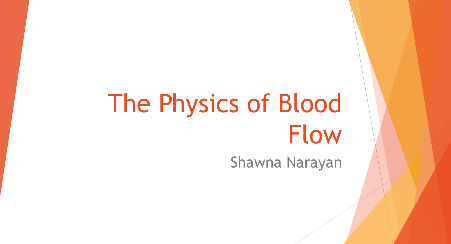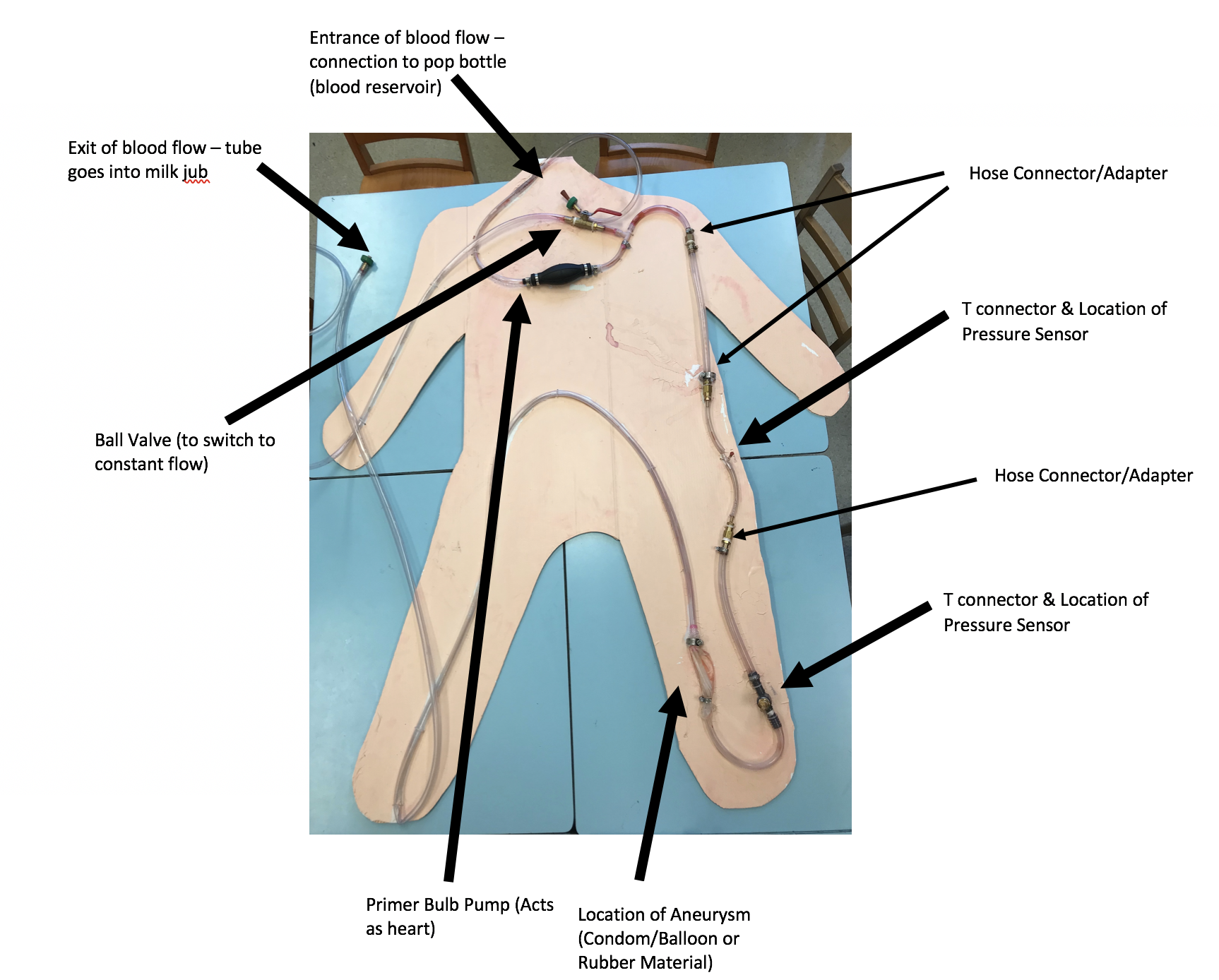
Powerpoint
Click here to download the PowerPoint slides for the lesson and demonstration
The class the day of the demonstrations will follow a schedule similar to this:
* Ensure the water pump pumps on the down-stroke (to simulate heart contraction) and fills on the up-stroke (to simulate the heart filling)

Implement a fictional scenario for roleplay
Instructor: Let’s pretend I am no longer (insert occupation) and we are at the (insert nearby hospital) and we are in the emergency department. We are a team of nurses and doctors that are ready for a patient that is coming in. His name is (insert patient name). First, thing that happens at the hospital is that they do something called Triage. What kinds of questions should we ask him? (Students respond with questions). Oh no! The patient suddenly has a heart attack! Quick, I need someone to perform CPR and a nurse to help with blood transfusion! (Students volunteer to help with demo). [This is where demonstration happens and where LoggerPro graph can be analyzed]. Great! We saved him! Let’s Diagnose! What do you think is happening to the patient? (Continue with rest of PowerPoint slides and later demonstrate continuous blood flow for Bernoulli’s principle)
|
Type of blood vessels |
Total cross-section area |
Blood velocity in cm/s |
|
Aorta |
3–5 cm2 |
40 cm/s |
|
Capillaries |
4500–6000 cm2 |
0.03 cm/s |
|
Vena cavae inferior and superior |
14 cm2 |
15 cm/s |
Table from: https://en.wikipedia.org/wiki/Hemodynamics